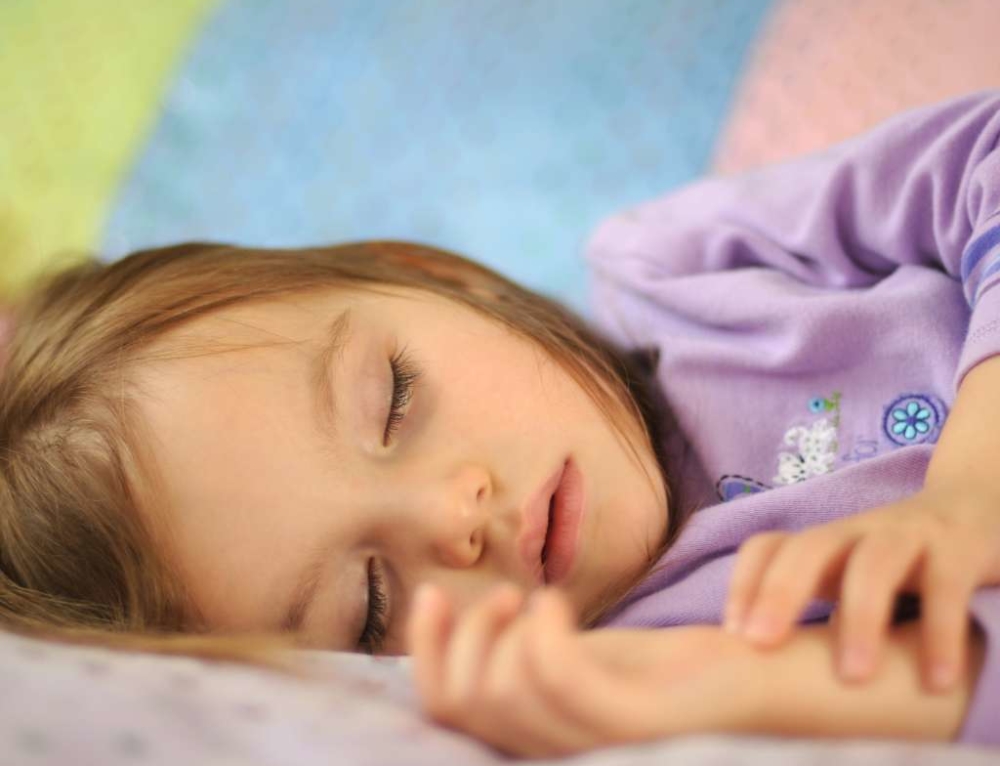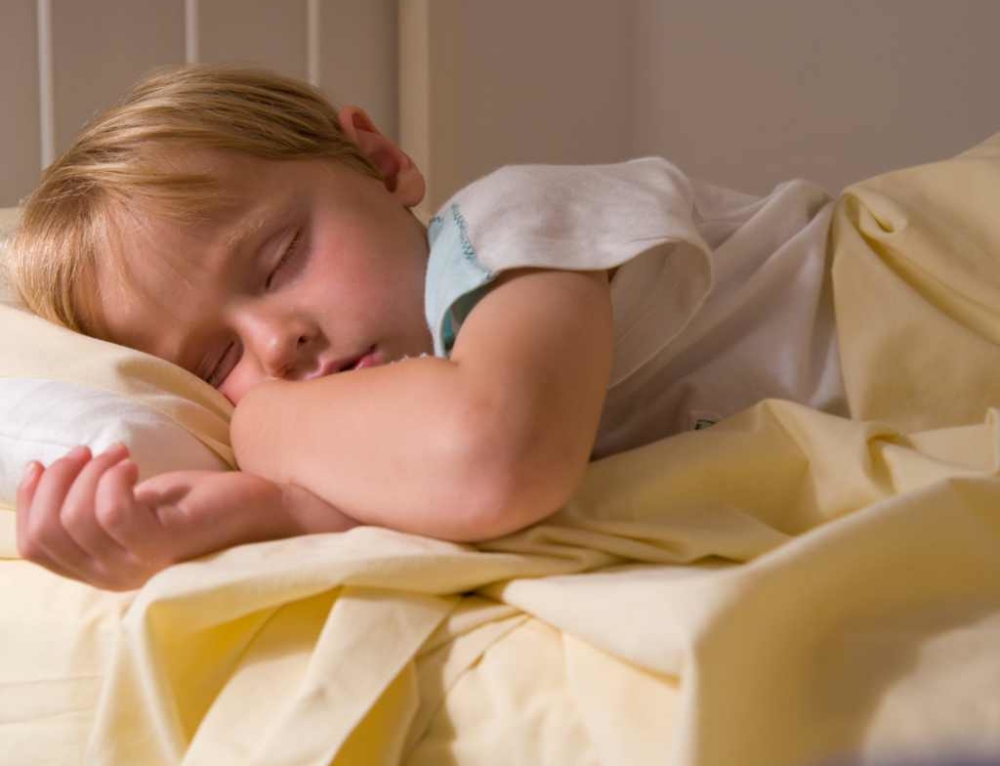It can often be difficult to tell whether your sneezing, miserable child has a virus or whether he is suffering from hayfever and allergies. While it’s true that some cold and hayfever symptoms can appear to be the same, in actual fact they are very different. Understanding these differences can help you to effectively treat childhood hayfever.
How do cold and hayfever symptoms differ?
Runny nose
Whilst a runny nose is the one of the main symptoms of both hayfever and a cold, there are some big differences between the two. Mucus from a cold will usually be yellowy or green in colour and quite thick, whereas mucus resulting from hayfever looks clear and much thinner.
Ears and throat
Hayfever usually causes the ears and throat (and roof of the mouth) to become irritated and itchy, but children with colds are more likely to experience a sore throat and sometimes painful earache.
Eyes
Most children with hayfever get itchy watery eyes. If your child is rubbing their eyes a lot, you can almost be certain you are dealing with hayfever. Children suffering from colds do not generally have this symptom.
Fever
If your child has a fever, then it is more likely that they have a cold rather than hayfever. Hayfever sufferers are not likely to run a temperature unless they have had ongoing hayfever that has resulted in a sinus infection.
Hayfever treatments
Hayfever can occur all year round and happens when a person is allergic to something they have breathed in through their nose, such as:
- Pollen
- Dust mites
- Animal fur
- Mould spores
The best way of treating hayfever is to find out exactly what your child is allergic to, and then reduce your child’s exposure to that trigger. You might already know what causes your child’s hayfever but if you don’t, a skin prick test/scratch test or blood test will probably hold the answers. A skin prick test involves small amounts of common allergy-causing substances (allergens) being scratched onto the skin to determine whether the body has an allergic reaction to it.
Sometimes it is not possible for your child to completely avoid a known allergen, such as pollen. In this case, your doctor could prescribe the following treatments to minimise the symptoms of hayfever:
- Antihistamines (non-drowsy)
- Nasal sprays
- Eye drops
- Immunotherapy – this treatment exposes your child to increasing amounts of a known allergen, allowing the body to build up a tolerance to that substance.
Untreated hayfever
If ongoing hayfever is left untreated it can disturb sleep and make children very tired during the day. Other side effects of untreated hayfever include:
- Asthma that is harder to control
- An increased risk of sinus or eye infections
- Poor concentration at school
Remember that hayfever can occur at any time of year, not just spring time, and can be triggered by many different substances. If your child is displaying signs of hayfever on a regular basis, finding out the cause should be on the top of your to-do list.






Leave A Comment
You must be logged in to post a comment.